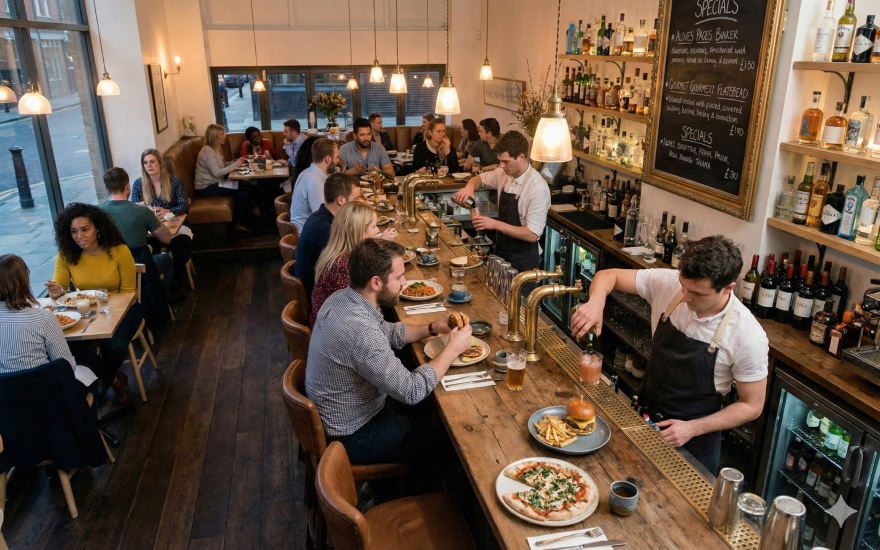Track These 3 Restaurant Labor Metrics And Save Money

The best part of running a restaurant? Touching tables, building relationships and sharing your love of hospitality! But that's just the easy part. Far too often, metrics other than food costs and labor costs get overlooked. And you can only fix things that you're aware of.
When evaluating your restaurant analytics, factors like turnover rates are unassuming at first, but they always come back to haunt you. To help ease the storm of restaurant management, we've compiled 3 key labor metrics that you should be tracking:
Performance
This is for both ends of the spectrum, starting with their behavior outside the dining room or kitchen. If an employee is consistently clocking in late, taking extended breaks, or clocking out far past their actual end time, these actions can be costly.
To put it in perspective, here’s an example:
You have an hourly employee that works 2:30pm to 10:00pm 4 days a week, with an unpaid 30 minute break. Their wage is $12 an hour.
They clock in 15 minutes early every shift and clock out 5 minutes late without your permission, regardless if the restaurant is busy or not.
On a weekly basis, this employee is being paid an extra 80 mins of unauthorized work. This works out to an additional $16 that your labor forecasting did not account for.
On a yearly basis, this works out to be:
- ($16 x 52 weeks) = $832 of unauthorized work for one employee.
Tracking the behavior and performance of your employee will allow you to recover any hidden costs; and you'll be able to be more proactive! Especially if you're equipped with online restaurant software tools like camera time tracking or shift management software.
Labor vs sales.
Labor is a big expense in running a business. Therefore, it’d be a wise move to stay on top of how much gross profit you’re bringing in daily, in comparison to the amount you’re spending on labor.
Being on top of your labor cost vs your total sales, will allow you two things: productivity and proactivity. You’ll scheduler faster and more strategically when you’re able to see when your sales are highest, what days you’re busiest, and how much you should be ideally spending on labor.
It’s hard on your employees if you under-staff during busy times, and hard on your costs if you over-staff. The medium here? Looking at your restaurant’s data and being proactive.
Restaurant computer software is an extra cost in running your business. But with tools that tailor to your business, the return-on-investment is easy and quick to find.
Turnover.
Good help is hard to find, and even harder to keep. The National Restaurant Association found that 1 in 3 Americans got their first job experience in a restaurant. This means a large portion of restaurant businesses employ young part time employees, who are usually students. And in a demanding environment like restaurant kitchens, poor working conditions, in terms of employee management and flexibility, can play a large role in high turnover. Turnover is expectedly high in the industry, as students leave, and poor working conditions heavily contribute to low retention rates.
As a business owner, you should be tracking your turnover rate for 2 key factors. Firstly, training employees is costly. You’re teaching an employee a skill set that can be transferred across different jobs, and the time and investment you spend on a new employee can be easily wasted if they do not work out. Secondly, when you’re able to see the actual turnover rate, you can evaluate what’s causing employees to leave, or when you should be hiring seasonal employees.
For example: if you’ve changed your training process, or if you’ve hired a new training manager, as a business owner, you need to find the common denominator between your training process, and what’s causing employees’ to quit.
As a result, you can be more proactive; especially since you're able to actively improve your operations and its numbers. After all, your employees are the engine behind your business!



